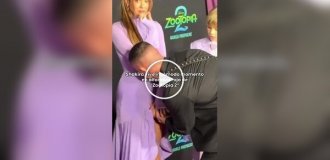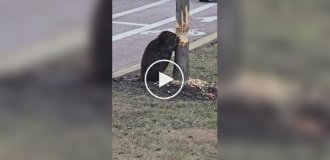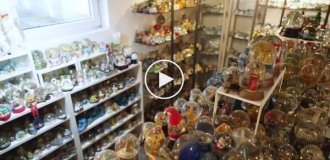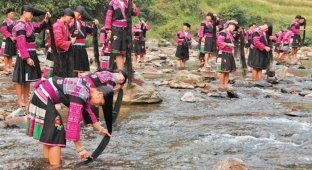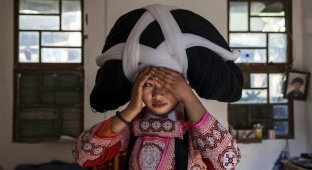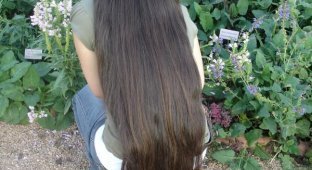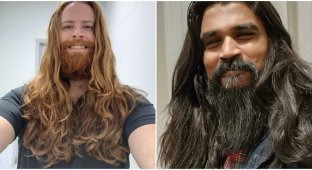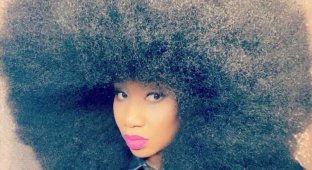There is a people in China called the Long Horn Miao, which means “long-horned Miao.” They really are long-horned, because they wear headdresses in the form of large horns. But the most important thing is what this hair is made of. The hair on my head is already moving! 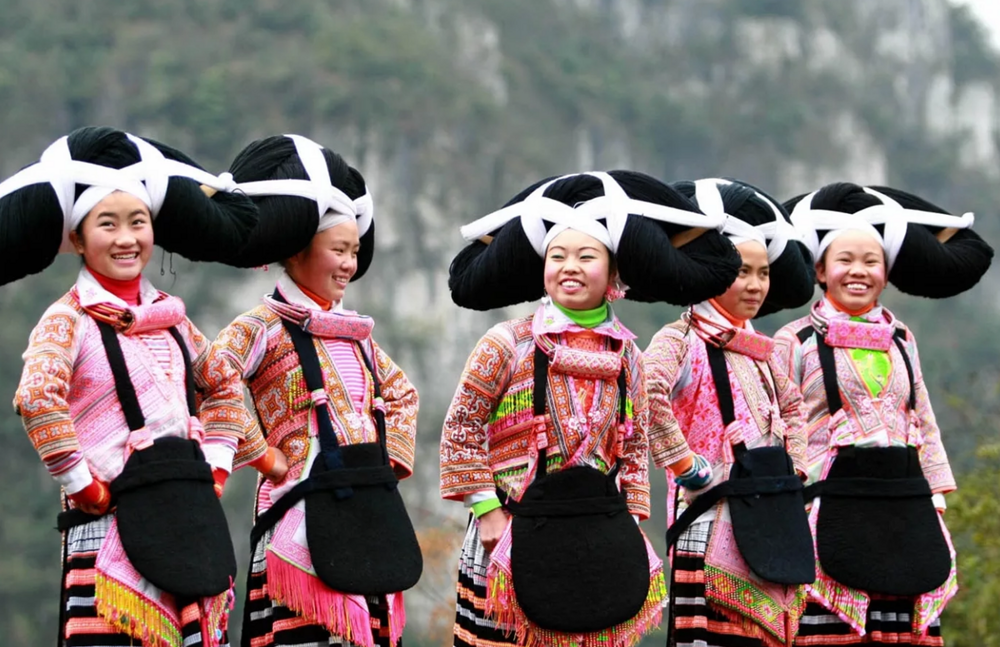
Long-horned Miao carefully collect every hair that falls out throughout their lives. True, not all, but only women. Although they say that men used to practice this too. 
This is how the maid ran around Princess Amidala!
After each combing, the girls remove the fallen hairs from the comb and put them in their “hair bank”. This will be their legacy for posterity.
According to their faith, hair cannot be thrown away, it’s like throwing away the memory and strength of one’s family with one’s own hands. It is better to pass this power on to your ancestor. Therefore, the richer the “horns” are considered, the more hair has been accumulated for this hat. It’s like a way to brag - this is how my ancestors took care of me, this is what a glorious family I have! 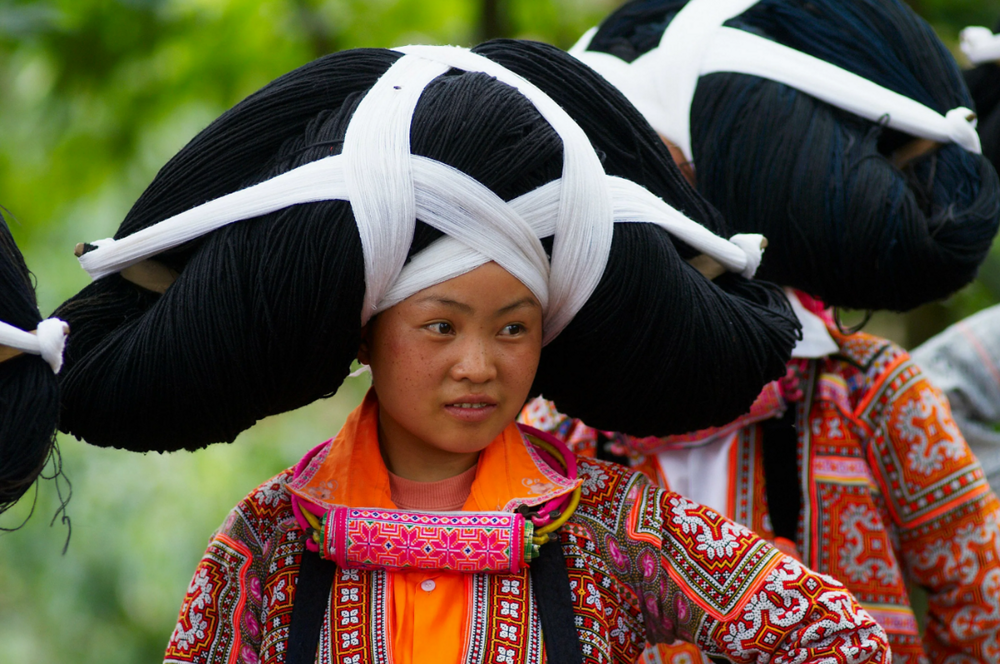
Take a closer look, these are a thousand rolled up small, small hair braids
The hair will accumulate for years, so that later daughters and granddaughters can make a lush headdress out of it. And it is called a horn because of the shape of the base, which is attached to the sides of the head; it looks like a large bull horn. You really get two horns like one of Queen Amidala's hairstyles from Star Wars.
These horns are not worn every day, but on important dates - in memory of some beloved relative, or on holidays. 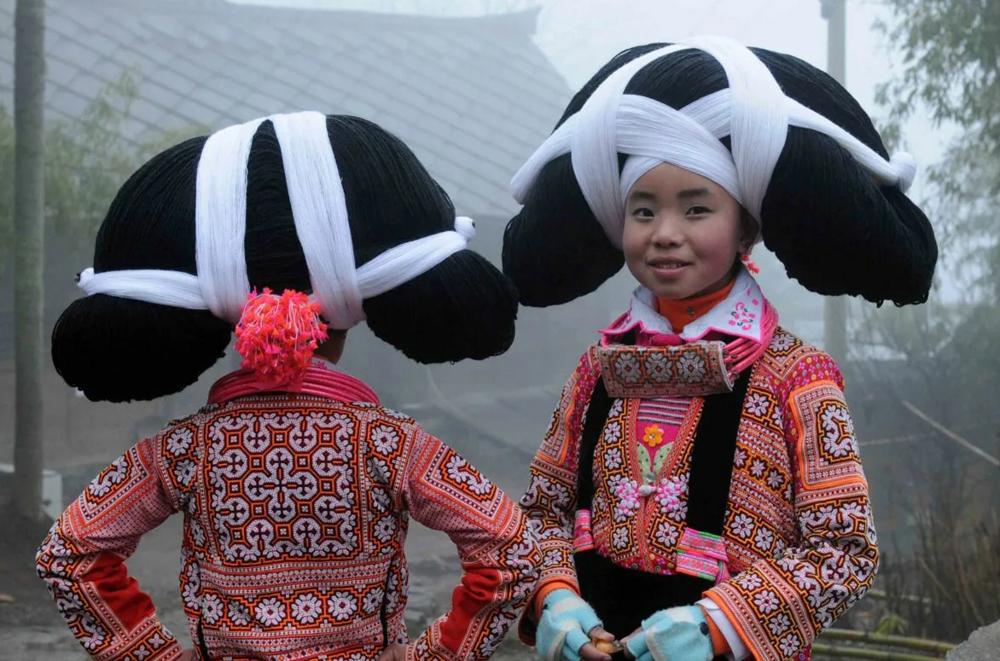
I must admit that their national costumes are also simply gorgeous
The point is that hair is stored for a long time, so families accumulate horns from the hair of great-great-grandmothers and even great-great-great-grandmothers.
The Longhorn Miao are a small Chinese tribe living in Liupanshui. At last count, there are only about 5 thousand of them. But they managed not to dissolve in the general mass and preserve their unique tradition of leaving the accumulated hair wealth to their daughters and granddaughters. 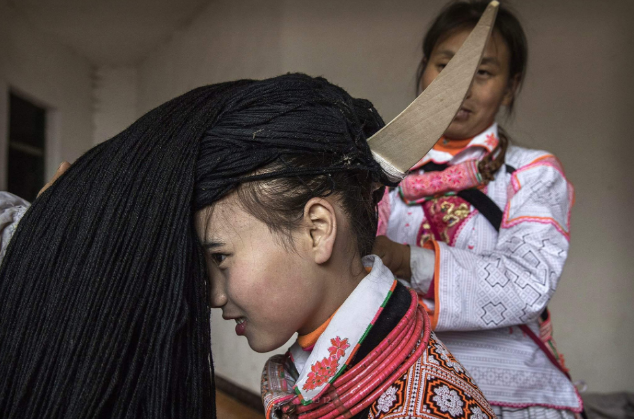
This is the same horn - the basis on which the grandmother’s hair is loaded
Many residents of the tribe have long been working not in their town, but in factories throughout China. But when Chinese New Year arrives, they flock to their mountain village, wear horns made from their grandmother's hair and dance traditional dances.
Previously, local women who did not leave the village wore such wigs every day. And the more ancient your family, the heavier your hat, but you must wear it with pride. 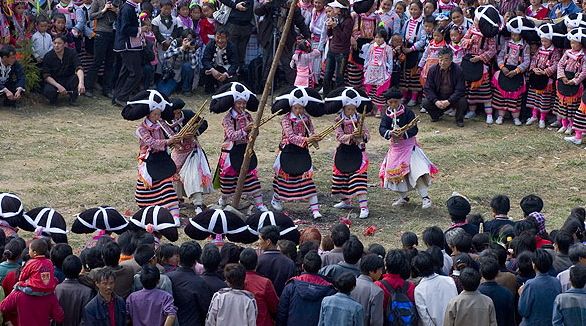
In the spring they dance traditional folk dances because they remember their roots
Add your comment
You might be interested in:

